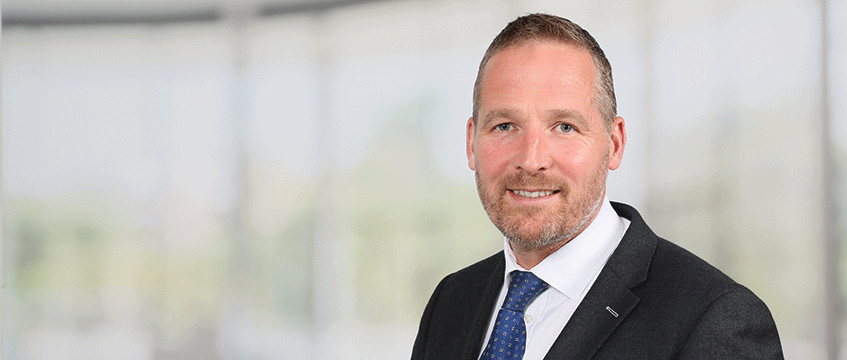COMMENT Bristol is seeing a rejuvenation of its central core. It was not long ago that Bristol city centre’s residential population was declining and office occupiers were drifting to better accommodation on our city fringe. Simply put, in the city centre at 6pm, the lights went off.
We need to remember how things were to understand what tremendous progress has been made. Today, demand for city living is increasing and the majority of office occupiers see the city centre as a preference, if not prerequisite.
This move to our city core has numerous benefits; it enhances the city centre’s primary function as a cultural hub for people to meet and share ideas. It also reduces demand for our city fringes and, therefore, pressure for further urban sprawl. City living significantly reduces car ownership and also provides additional environmental benefits such as a reduction in travel to work distances and an increase in the use of public transport.
Risk of a rotten core
However, changes to our shopping habits have been extensive and, like any city centre, our retail core has experienced considerable decline. This decline is not surprising when you consider the principal purpose of a shopping centre was to lever the benefits of a department store anchor and this raison d’etre no longer exists.
We need to ensure that much of this retail space is repurposed quickly so that consumers continue to be drawn to the centre. This will not only enhance its vibrancy but support those leisure and retail operators that have survived the structural shifts in the sector and pandemic disruption. If not, we face the reality of a rotten core deterring further city living and working.
Over the past 12 months we have seen independent and local businesses taking advantage of opportunities to secure better locations and those businesses that offer experiences, services or products that are not easily supplied by the internet are thriving.
A city that has that mix of uses and occupiers from offices, flats, hotels and student accommodation will provide the consumers that will enable retailers to thrive. However, if we are complacent, the current wave of enthusiasm for our city core will wane and an opportunity to return our centre to the cultural hub it once was may be lost.
Political reticence
To encourage this repurposing we need to look carefully at some of the unnecessary costs related to the development of residential space, which is pushing the development of such use to the fringes of the city core. There also seems to be a political reticence towards the development of more student accommodation in the city centre. Both these uses provide an active and vibrant consumer base for retailers, which in turn complements further office development.
This opportunity to reimagine Bristol’s city centre should be embraced and not ignored. The future of our city centre is truly exciting but we need to capitalise on the opportunity before us. The ultimate consumer of our city centre buildings and space is the occupier and we should treat this consumer with care. Their patience will not be unlimited and they should not be taken for granted.
But if we can harness these current consumer desires, we can return the heart of the city to the thriving cultural hub it once was.
Paddy Hales is head of Savills’ Bristol office











